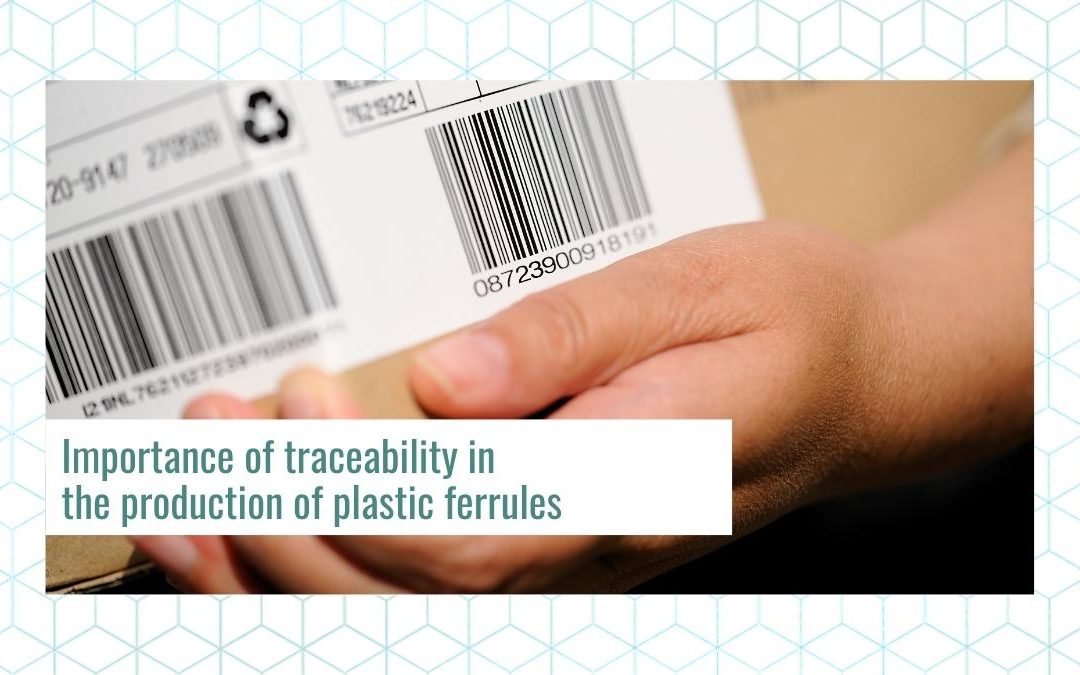Traceability, in the ferrules, refers to the ability to use computer tools to follow the movements of the ferrules within the factory. Something that is achieved by applying digital devices to the life cycle management of ferrules, and to transactions.
It is a fundamental function in the context of the smart factory since it allows to increase the efficiency and the distribution of the products. In addition, it helps to streamline production management. At present, only developed countries have developed recycling policies, while the rest of the world unfortunately has inadequate systems.
Traceability of ferrules: conformity and quality
Compliance and quality are two areas where companies have been investing for years to remain competitive in the marketplace. And both are concepts that refer to traceability since it greatly facilitates the quality control of final products. At the same time, in addition, that it efficiently manages any claim about damaged or non-compliant products. In this sense, the industry of the new millennium can use traceability for risk management.
Tracking is not the same as tracing
However, care must be taken not to confuse the meaning of two terms that are similar but are not synonymous: tracking and tracing.
- Tracking: is the tracking of product movements along the production line. It serves to know where the components that will make up the final product are in real time and which operators have worked on it, from its beginning to its completion. Tracking corresponds to the traceability function and therefore shows the progress of the production of a product.
- Tracing, on the other hand, identifies the origin of a product component using the data contained in the registry and the visibility in the supply chain. The main information is material certifications, and certificates of origin of the purchase order numbers that are used to remember the parts to their respective sources. The trace shows production authentication.
Track and trace refer to different stages of production.
Traceability of ferrules
Traceability is so important for FORTAPS because it is a process in which not only an operator or company is involved, but all the agents in the supply chain.
In general, this application is used to show the origin of a certain product, distinguishing original products from counterfeit ones, for example. It also serves to highlight the characteristics that the material must meet.
FORTAPS has tailor-made solutions for the traceability of ferrules throughout the production cycle. Each product is supervised, and it is easy to trace all the events that have characterized each phase of production. The identification of materials and components is done through the management of barcodes and RFID. In conclusion, the advantages are the following:
- Archive of production, process, and stock data to follow the status of the machines.
- Access to complete and updated information in real time.
- Elimination of paperwork, which saves costs and speeds up production. Using paper is expensive, and it slows down production by increasing the number of man hours required to complete and file all the paperwork.
- Elimination of transcription errors.
- Real-time visibility of all completed processes and the stock of each individual batch.
The ability to monitor waste, and the transparent management of all processes, represents one of the main ways to achieve a cultural change towards societies that are more respectful of the environment.
For any questions, do not hesitate to contact us. We are willing to solve any doubts you may have regarding the traceability of our plastic ferrules.



